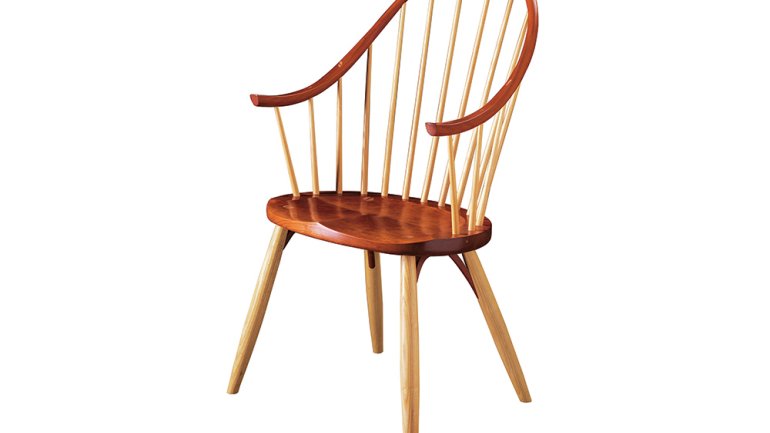A Material Question
A Material Question
A 3D printer in everyone’s home is just around the corner. Craft departments in universities are shrinking or closing. Design is on the rise, some say, while popular interest in DIY and small-batch manufacturing seems to have passed studio craft by. Against this shifting landscape, the question arises: Should craft education adjust its focus, away from materials and toward design? Would that help the next generation of makers?
Contemporary craft education already includes a design component, of course. The Bauhaus was a major influence on craft instruction in the 20th century, emphasizing both form and material, ideas and implementation. Bauhaus professors assigned exercises in abstract composition alongside material experimentation, and both a master of form and a master of craft guided students through technical challenges. When the Bauhaus closed in 1933, many of its charismatic teachers and alumni immigrated to the United States at the very moment when craft education programs were forming here. Material-focused instruction flourished in schools founded in the era, such as Penland School of Handicrafts, Cranbrook Academy of Art, and Black Mountain College. Those schools emphasized design competency, which translated to a more sensitive treatment of form, whatever the medium or technique.
So the need for an emphasis on design for craft artists is not a new concern. In fact, nearly 50 years ago, Hedy Backlin argued in this magazine that makers had ignored the opportunity to design for industry as an alternative – potentially both fiscally and artistically enriching – to the limitations of working in the studio or as a professor. Backlin saw craftspeople as the antidote to poor industrial design; she viewed the maker as “alert and responsive to [a material’s] inherent aesthetic and technical possibilities.” The problem, she argued, was craft artists’ limited understanding of the processes of industrial fabrication. Few could translate effectively their handmade work into specs for the production line, a result of academic craft education that turned what had been a trade into an intellectual preoccupation that consciously set itself in opposition to the needs of industrial production.
Backlin’s lament brings us forward to 2010, when ceramist Molly Hatch was asked to design tableware for the national retailer Anthropologie. Based on what she assumed were the limitations of industrial production, Hatch originally designed her production line using decals. Instead, the commercially manufactured pieces feature the same inlaid slip and hand-painting as her prototype. Despite her fluency with clay, Hatch has said, she was unfamiliar with the possibilities of industrial production. Would training in design have better prepared her?
And what might that design training look like? Seth Nagelberg, assistant professor of product design at Parsons the New School for Design, frames the contrast between craft and design education as one of problem-solving: “Designers are trained to ask questions, frame problems, and propose solutions. This may mean working with experts, manufacturers, and clients. Designers may not have a specialty like a potter, weaver, or a furniture maker. ...They rely on manufacturers and craftsmen to realize their ideas.” The questions craft artists ask, on the other hand, are of their own devising, driven by their individual aesthetic and use of material and technique.
Conditions today might seem ideal for a craft education that borrows heavily from design education. Increasingly, students are working in an interdisciplinary fashion, drawing on techniques and mediums across various departments, working with glass one day, say, and wood the next. New materials, tools, and ways to make things are coming onto the market (and into the studio), such as 3D printers that can fabricate objects with materials beyond the more common thermo-plastics. The opportunities for what to make and how to make it have never been greater, even as the barrier of technique or skill has seemingly declined.
But let’s remember that Anthropologie didn’t choose Molly Hatch for her design skills; she was selected for her vision as a craft artist. Even as materials and techniques change, only craft can synthesize expression and skill. To emphasize an industrial design process is to reinforce the problematic relationship between designer and technician – a tension that might overlook the potential of a medium or process. Besides, craft does not reside in the accepted working properties of a given material or technique. The craftsmanship we celebrate is the kind that may challenge, investigate, or redefine materials and technique. To lose material-centered education would be to lose the thinking that pushes the boundaries of what a process or medium can do, in favor of what it already does.
Whatever the future relationship of craft and design, whatever the new developments in tools or materials, and whatever the changes in or additions to craft training, continued exploration of material and processes, in service to individual vision, must remain the core of craft education. Losing that core would be to sacrifice what is most distinctive – and maybe what is most significant – about contemporary craft.
Perry A. Price is the director of education for the American Craft Council.
